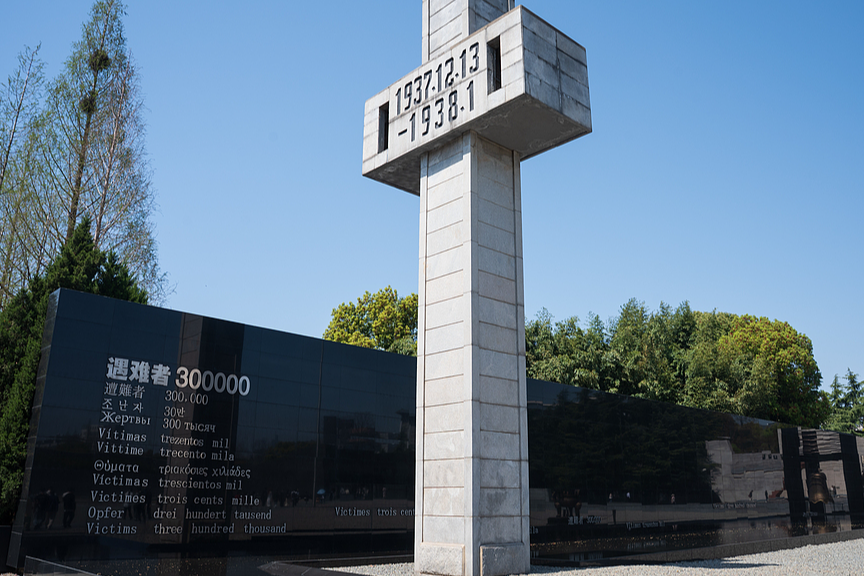Global Tiger Day | Does conservation conflicts community development?


Starting from a stove......
In 2021, according to the design of green development projects, WWF made a feasibility study on Yaodian Village and developed an "ice breaking" plan - step 1: "a chain of conservation actions triggered by a stove".

In 2022, the biomass stove project supported by partners, after a series of efforts including door-to-door visits and discussions, mobilization with the village committee and demonstration stove installation, was gradually accepted by the villagers. Zhang Weimin's concerns were also addressed, as the project could directly improve winter heating and reduce firewood consumption.
In his words, "The stove's nice. Two baskets of corn cobs are enough to get my house very warm. It also saves my efforts, just pouring cobs into the stove, very easy. I don't have to pick up firewood in the mountain. All the villagers are satisfied." At the end of 2022, most residents staying for the winter installed biomass stoves.
Biomass stove: With a different type of fuel, combustion mode and combustion room structure, it delivers better heating and energy saving performance. The stoves are of customized internal structure more suitable for burning corn cobs, leading to more use of cobs as fuel. It fits water pipeline and "brick bed", saving energy up to 40%+ than traditional heating.
In this project, villagers tried the customized stoves, which switched their dependence on firewood and coal. It has not only reduced consumption of surrounding forest resources, but also lowered emissions of harmful substances such as carbon.
In addition, during implementation of the biomass stove project, WWF has developed mutual understanding and trust with villagers, village committee and local authorities, laying a solid foundation for cooperation. Community participation is essential for achieving sustainable conservation.
























